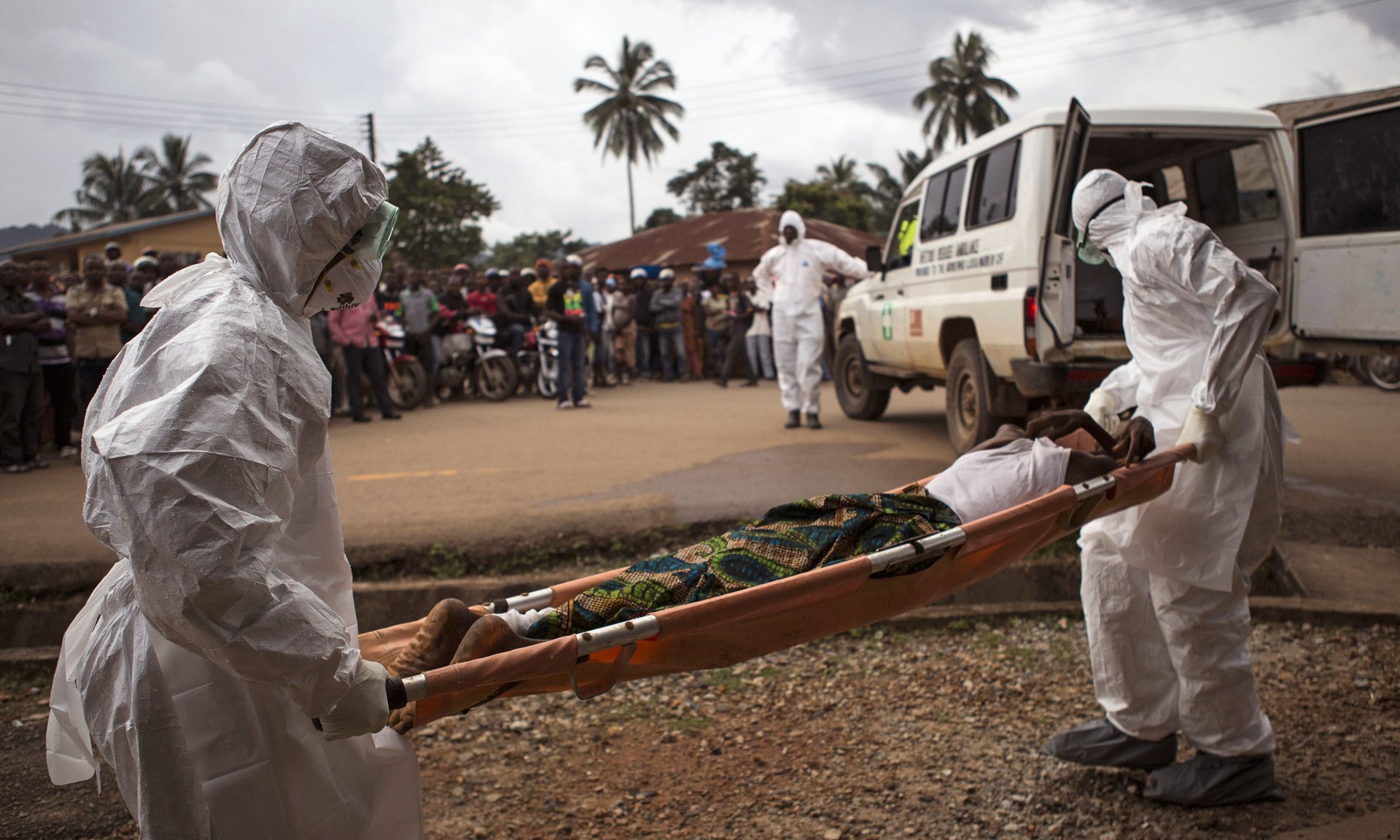Ebola outbreaks, such as the current one in the Democratic Republic of the Congo (DRC), which has claimed 2,074 people’s lives, are widely covered in the media. But another virus is ravaging the DRC with minimal publicity. That virus is measles.
Although measles has a much lower mortality rate than Ebola (around 2% compared with around 60%), there have been over 165,000 suspected cases of measles, with over 3,200 deaths in the DRC since the start of 2019.
In a recent speech, Tedros Adhanom Ghebreyesus, director-general of the World Health Organisation (WHO), said that he was “embarrassed to talk only about Ebola” in response to questions on recent developments in the DRC.
Measles is proving fatal at an alarming rate, far faster than Ebola. In the week ending August 11, 2019, 5,600 cases were reported, with 141 deaths. Figures in the same week for Ebola were 63 confirmed cases and 45 deaths, meaning that, on average, measles is killing around three times as many people per week as Ebola.
For a vaccination programme to be effective, at least 92-95% of the population must be immunised – this creates so-called herd immunity. Another approach is ring vaccination.
This is where clusters of people who are particularly at risk are vaccinated. This approach can help to contain the spread of an outbreak, but with aid organisations facing attacks, community mistrust and under-resourcing, even ring vaccination approaches are proving difficult to implement in both outbreaks.
Many local communities in the DRC mistrust medical workers. It stems from years of regional isolation and conflict. In some areas, this mistrust has even led to violence against the “wealthy” and “foreign” humanitarian aid workers, resulting in treatment centres being closed and the containment response being stalled for both Ebola and measles.
Thanks to the combination of rumours of Ebola being fabricated, conspiracies around vaccination programmes, and deeply held traditional beliefs, the difficulties in delivering aid don’t appear to be ending any time soon.

Photograph: Tanya Bindra/AP
The perception that the international response to measles is minimal compared with the effort mounted against Ebola also stirs mistrust and anger within the DRC. Measles poses less of a threat globally and specifically to wealthy countries, as vaccination programmes are widespread and effective (about 92% coverage in the US and about 86% globally). In contrast, isolated Ebola cases in the US and other wealthy countries during the 2013–16 West Africa epidemic caused widespread public fear and outcry.
Future-proofing humanitarian aid
Even countries with well-developed healthcare systems would struggle to contain an Ebola outbreak, while a measles outbreak in a country with widespread immunity would have far less social, medical and economic impact.
In July 2019, the World Health Organisation (WHO) declared the current Ebola outbreak a public health emergency of international concern, partly in response to international pressure and fear of the disease spreading to other countries. Measles has been given no such status.
Although Ebola poses a greater threat than measles in wealthy countries, within the DRC measles is causing more illness and death, but has generated a smaller international response. The WHO has raised almost US$114m for combating the DRC Ebola outbreak, while barely US$2.5m has been raised to combat measles.
This is especially relevant when considering that an aspect of public resistance stems from the response teams only treating Ebola, whereas, from a community perspective, diseases such as measles and malaria are far greater threats to their lives. For example, malaria was responsible for over 27,000 deaths in the DRC in 2017.
How then should the international community respond to outbreaks to protect both the overall health of a community and the global spread of a specific disease? Perhaps the solution is as recently proposed by Doctors Without Borders and The Alliance for International Medical Action. They suggested that instead of the international community delivering targeted aid for only Ebola, resources should be deployed to strengthen local infrastructure and provide a decentralised capacity to provide care to all communities.
This may enable a country to contain an Ebola outbreak while still responding to outbreaks of other infectious and non-infectious diseases, providing better care for local communities. By using international resources to strengthen local infrastructure, it might be possible to create more resilient community health systems capable of responding to future outbreaks, possibly without needing international support.

